STORY AISHA MOIEN | PHOTOGRAPHY GRACE CALLAHAN
Agonizing screams are heard from an infant child laying on the rubbled hospital floor, blood seeping out of her head with no one to help. A mother breaks down in tears when seeing the bodies of her husband and children in the now destroyed school by yet another bomb. A family huddled together within their homes on New Years isn’t interrupted by a firework but rather an airstrike that only increases their terror of what’s to come as they hold their ears in dread. While we can quickly swipe out of Instagram before the horrors in front of us feel too real, this is unfortunately a very real living condition for the inhabitants of Gaza who have been facing the atrocities of this war for far too long. Although these horrors have been hidden from the world for quite some time due to the selective tactics of the western media, social media is unveiling the horrors that civilians around the world are realizing is far worse than they imagined.
While many may believe that the Israel versus Palestine war only started on October 7, 2023 when Hamas attacked Holit, Israel as an act of retaliation, what many may not realize is that this has been an ongoing struggle for 75 years. According to cfr.org, The Israeli-Palestinian conflict goes back to 1947 when Palestine was under the rule of Britain. The United Nations created Resolution 181, also known as the Partition plan, in an attempt to divide Palestine into Arab and Jewish states. Considering Arabs made up two thirds of the population at the time and half of their land would be going to the Jews under this contract, the Arabs refused. So on May 14, 1948 when the state of Israel was created, that began the very first war between Israel and Palestine.
While Israel was victorious in 1949 at the end of this war, 750,000 Palestenians were displaced and the area was divided into three sections: the state of Israel, the West Bank (of the Jordan River), and the Gaza strip. Tensions rose as the years went by with thousands of Palestinians desperate to retaliate in order to regain their land. Israel wanted to expand and conquer more surrounding areas. There was a continued struggle on both sides with different instances such as Israel’s invasion of the Sinai Peninsula in 1967 and the first intifada in 1987 when Palestinians living in the West Bank and Gaza Strip rose up against the Israeli government.
Later in 2006, Palestine went through yet another change in power when Gaza went from being under semi-autonomous rule to under the rule of Hamas, a political militant group, who won the Palestinian Authority parliamentary elections at the time. Following this were several more skirmishes such as a military confrontation in the summer of 2014. This only ended after a ceasefire deal by Egypt left 73 Israelis and 2,251 Palestinians killed. Following this, in March of 2018, there were 183 Palestinians killed and 6000 injured by Israeli troops after Palestinians tried storming the perimeter fence during a demonstration.
The following years consisted of other significant government changes. In 2018 bringing the cancellation of funds by the United States to the UN Reliefs and Work Agency which provides aid to Palestinian refugees and 2022 bringing the inauguration of Benjamin Netanyahu and his Likud party who prioritized expanding Israeli settlements into the occupied West Bank. So, while individuals uneducated about the long history of struggle between Israel and Palestine may point all fingers onto Hamas, it’s clear that the root of this conflict stems from a gruesome and complicated series of events between two groups fighting for the power to control their own land.
So, following the beginning of the atrocities that started in October, a joint statement was sent out by the world leaders of France, Germany, Italy, Bahrain, and the United States all condemning the attack by Hamas as an act of Terrorism. Additionally, the United States announced that it would send renewed shipments of weaponry and move its Mediterranean Sea warships closer to Israel. However, three months have gone by since the October 7 attack and what seemed like another skirmish has resulted in quite a disproportionate number of deaths in the first month alone between the two groups (1,300 Israelis and 10,000 Palestenians killed). This continues to increase exponentially for Palestine over the past months and a deep awareness has been raised in the world garnering a response like none other.
For one, there has been a significant increase in protests. According to data from the ACLED (Armed Conflict Location and Event Data Project), while most of the demonstrations in the US were in solidarity is support of Israel at the beginning since October 7, within a week as the Israeli attacks intensified, the number of pro-Palestine protests began to outnumber the pro-Israel protests. In the latest CCC update by PBS on Nov. 28, there have been more than 1,869 Palestinian solidarity protests in the U.S. alone since Oct. 7 with hundreds of thousands of people, and that’s not even inclusive of the many more protests occurring in places such as the United Kingdom and Switzerland among others. Experts who talked to PBS NewsHour indicated that there were multiple factors that have contributed to the increase in protests, including a growing pro-Palestine sentiment amongst the younger generation, the dangerously high civilian toll in Gaza from Israel’s military response, and an increasing interest for activism in young people through issues such as Black Lives Matter and concerns for democracy.
Another collective effort that has reached quite a grand scale in response to the Palestine-Israel war is the major boycotts of companies that have been associated with a support for Israel, and major names such as Starbucks and McDonalds have been caught right in the midst of it. Starbucks sparked controversy after suing the Starbucks Workers United for posting a solidarity with Palestine post on October 9, quickly spreading the notion that Starbucks was holding a pro-Israel stance on the issue. While Starbucks tried to defend itself later on claiming they did not have a stance on the war and were only worried for the protection of their workers, damage was already done as Starbucks stock prices saw a decline in following months. McDonald’s caught on fire as well after a franchise owner in Israel said that his restaurant would be providing free meals to Israel Defense Forces Soldiers and Israeli hospitals, already donating over 100,000 meals. Recently CEO Chris Kempczinski admitted that McDonalds did face a financial burden, especially in their middle east locations. The third most significant response has been a collective call for ceasefire from across the world. While the United Nations called for an immediate ceasefire in December calling urgency to the grave humanitarian crisis in Gaza that is only getting worse, the United States and Israel along with eight other countries voted against the measure claiming that the ceasefire would only benefit Hamas. What’s interesting to note is that despite United State’s vote against the measure, President Joe Biden did warn Israel that they were losing international support because of their indiscriminate bombing of civilians, meaning even he couldn’t deny that Israel’s actions have gone far beyond the measures of being constituted as justifiable defense following the October 7 attack. So, while the nation waits for global leaders to finally take action on the atrocities being committed right in front of their eyes, the calls to government leaders will continue to be dialed, the movements of boycotts will continue to grow stronger, and the voices in protest against an unjustifiable genocide will continue to grow louder.
Despite the fact that the Israeli-Palestinian war has been an ongoing conflict for 75 years, how is it that the events following the attack on October 7, 2023 have garnered a worldwide response like no other that has raised such a deep sympathy internationally for the inhabitants of Palestine? It relies on the basis of social media that is giving the world live footage of the horrors going on in Gaza that have always been hidden by most major media outlets. While the majority of media outlets in the West are governed by large corporations who are adamant on keeping a certain image, social media platforms such as Instagram are accessible to all and have given this underrepresented population a chance to finally speak out. Youtube gives audiences the chance to see a video from an 18 year old girl living in Gaza giving her final message to the world before she died along with her family. Instagram provided audiences the chance to see horrific news reports by journalists such as Motaz Azaiza and Plestia Alaqad who have risked their lives to capture the truth of what’s going on behind closed doors.
It has come to the point that pro-Palestinian content is being censored on Instagram and journalists reporting from Gaza are being targeted such as the recent death of Hamzah al-Dahdouh, journalist and son to Wael al-Dahdouh, a well known Palestenian correspondent who dedicated his career to reporting on Gaza. He already lost his wife, a daughter, and a grandson in an Israeli airstrike in October, and now he has lost his son. Despite the limitations that are trying to be enforced on the reporting of Palestine, it’s evident that the world has been able to witness a large amount of content regarding the atrocities being committed in Gaza, in turn growing a great pro-Palestine sentiment across the nation.
So, what are these images and videos that are moving people to sympathize for Palestine and call for a ceasefire? It’s the destruction of 439,000 homes being crumbled to the ground and inhumane bombing of hospitals that were the only source of saving peoples lives. It is the somber faces and hands linked together in unity between not just Muslims, but also Christians, non-denominational, and Jews who are fighting for a united state of peace for all after being sick and tired of the violence and hatred that has plagued their communities. It is the cutting off of access to clean water, food, and electricity making Palestine like an open air prison similar to a history we promised ourselves we would never repeat. If Israel truly is one of the most technologically advanced militaries in its area with an annual military budget over $20 billion dollars and access to some of the most advanced military hardware, why has it taken them more than three months to try to annihilate Hamas and in an effort to do that accidentally kill 20,000 innocent Palestinian civilians?



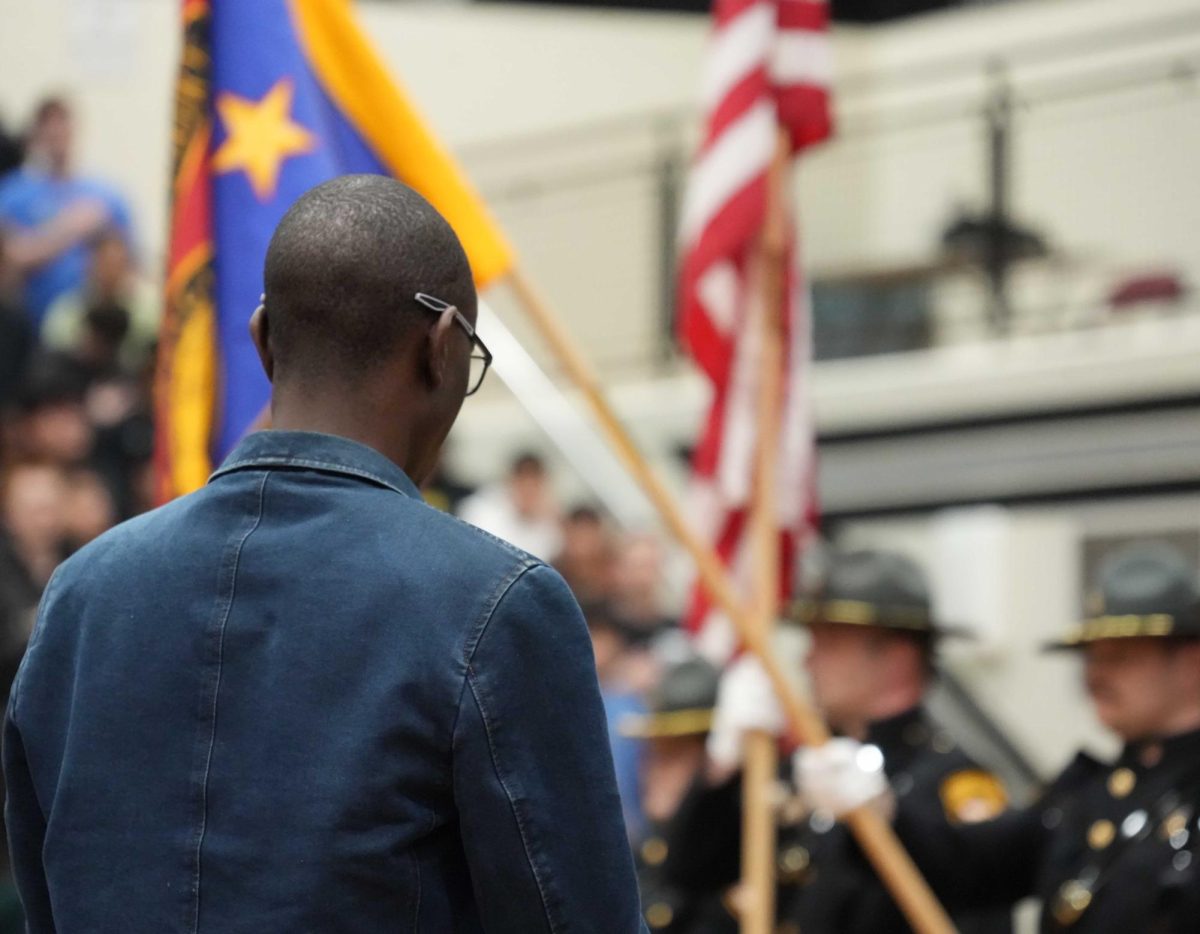

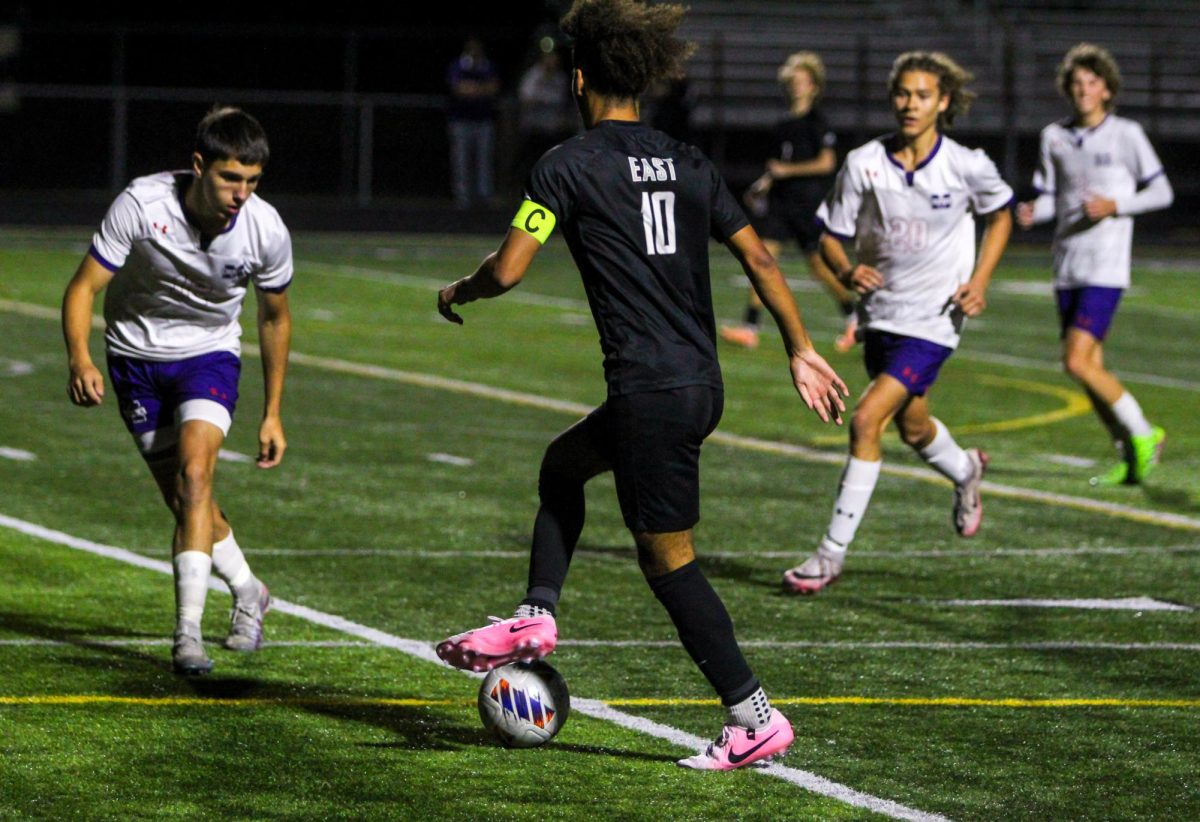










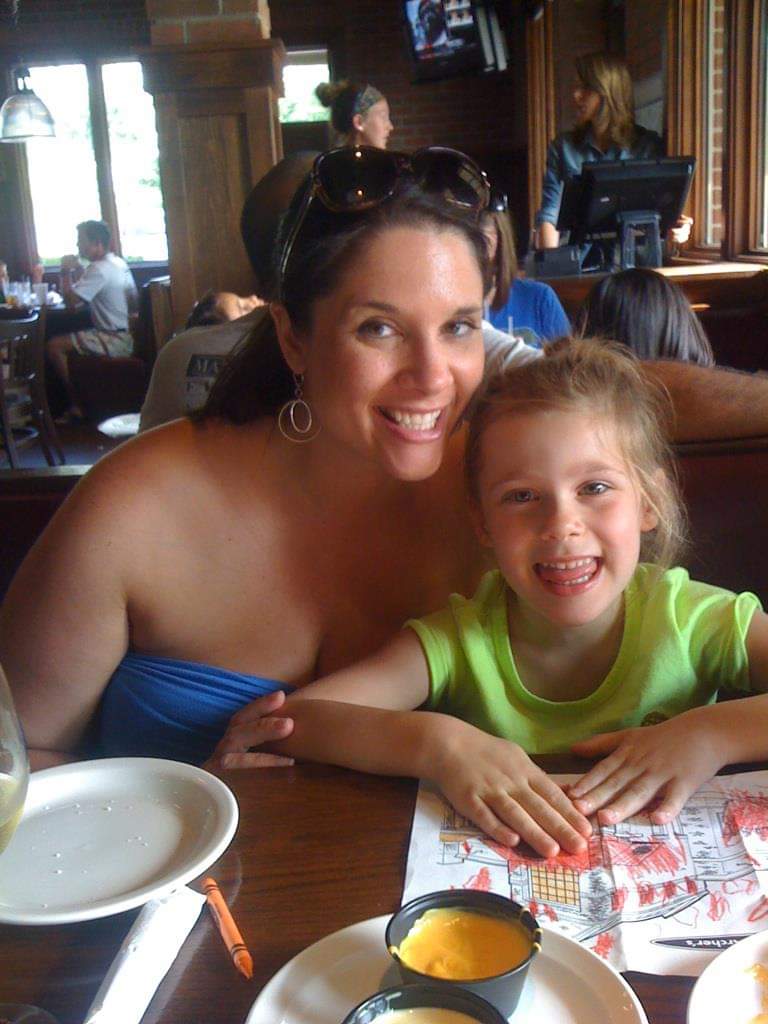




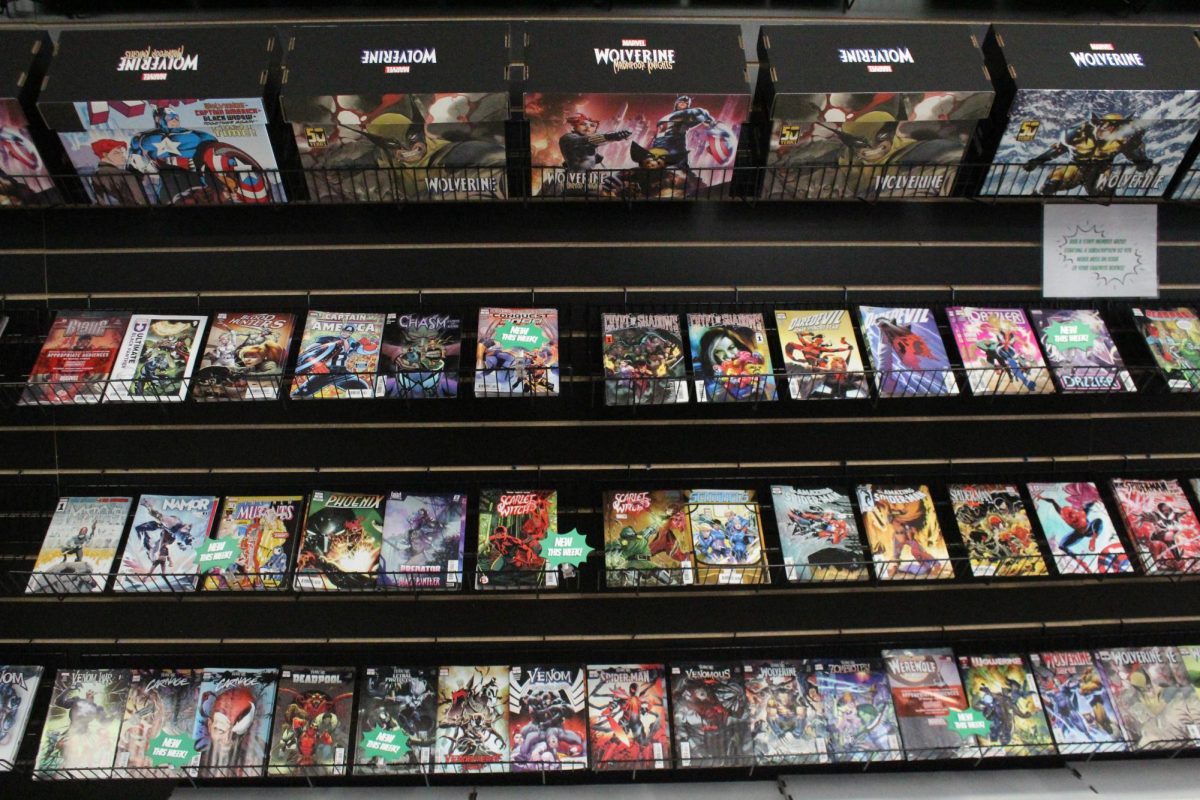



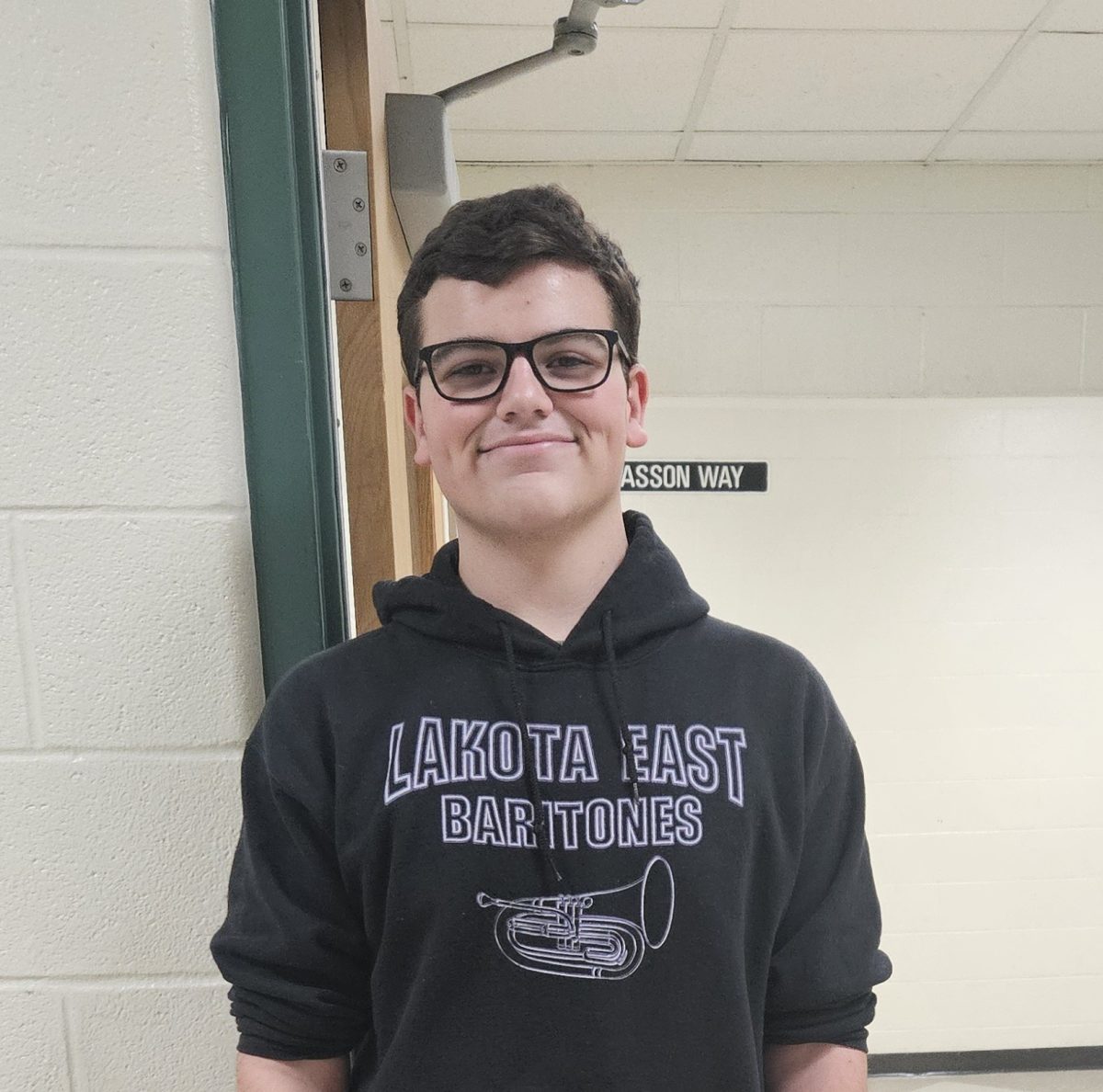








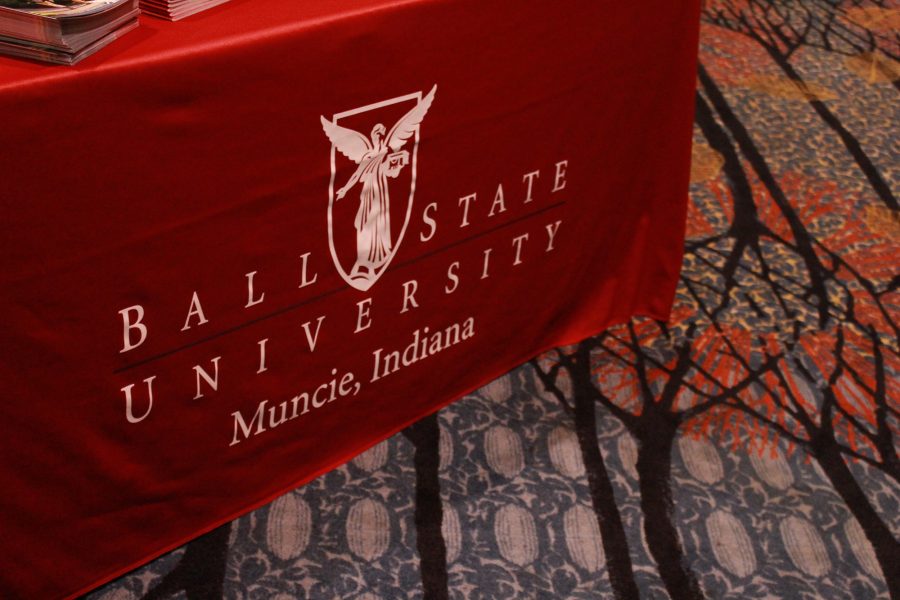

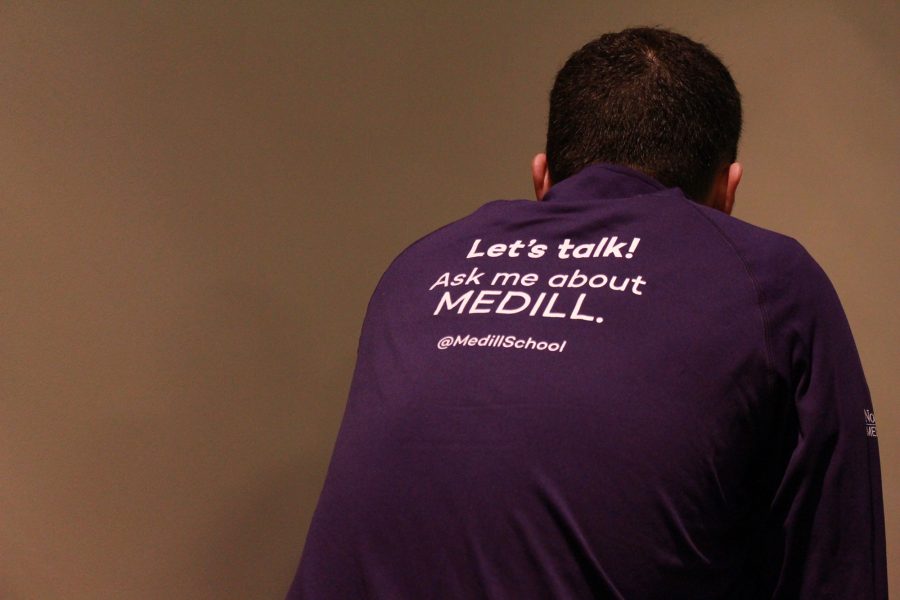

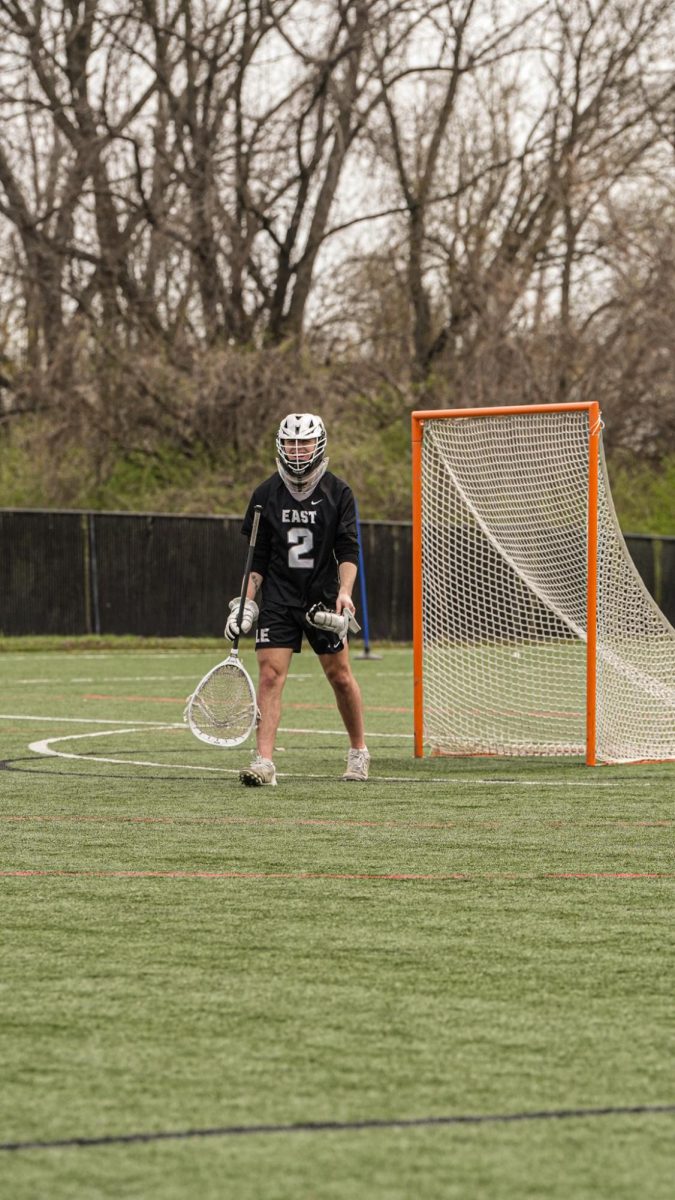











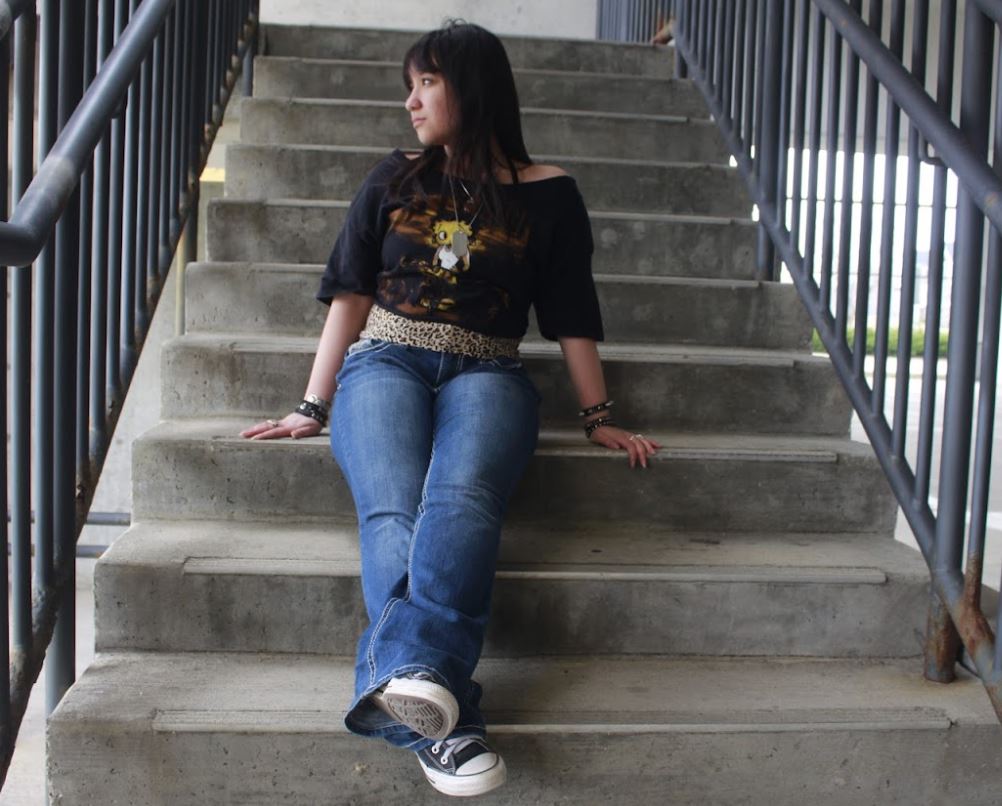



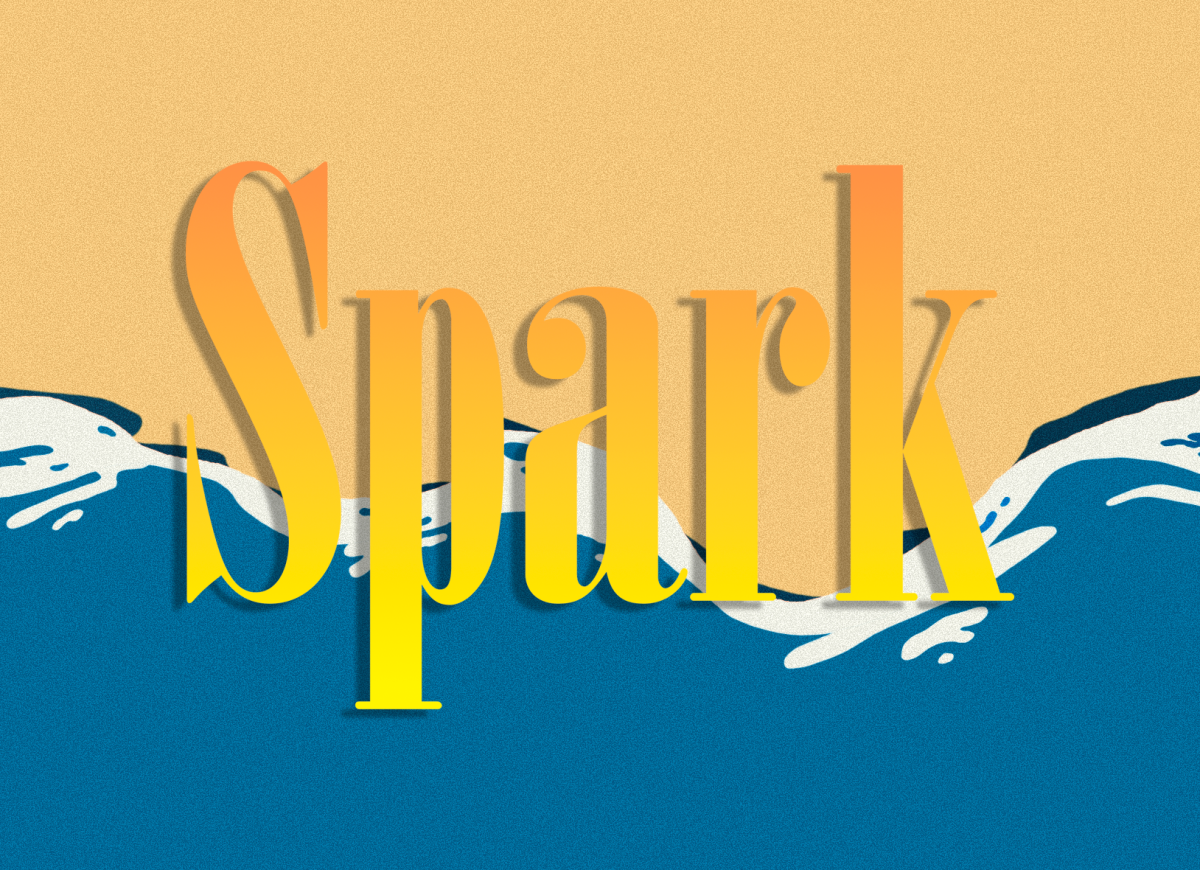
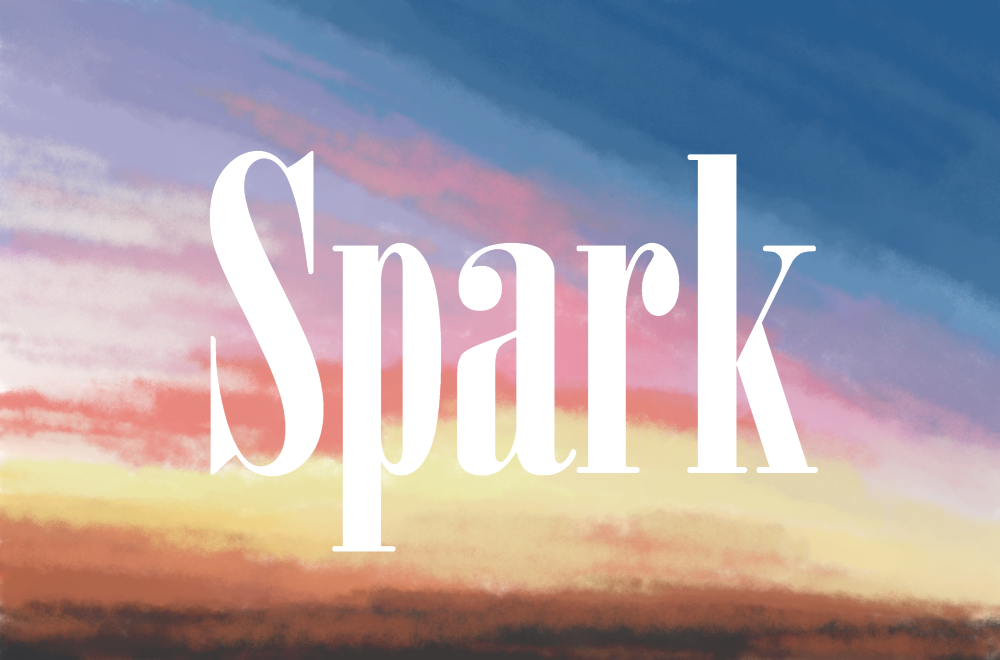

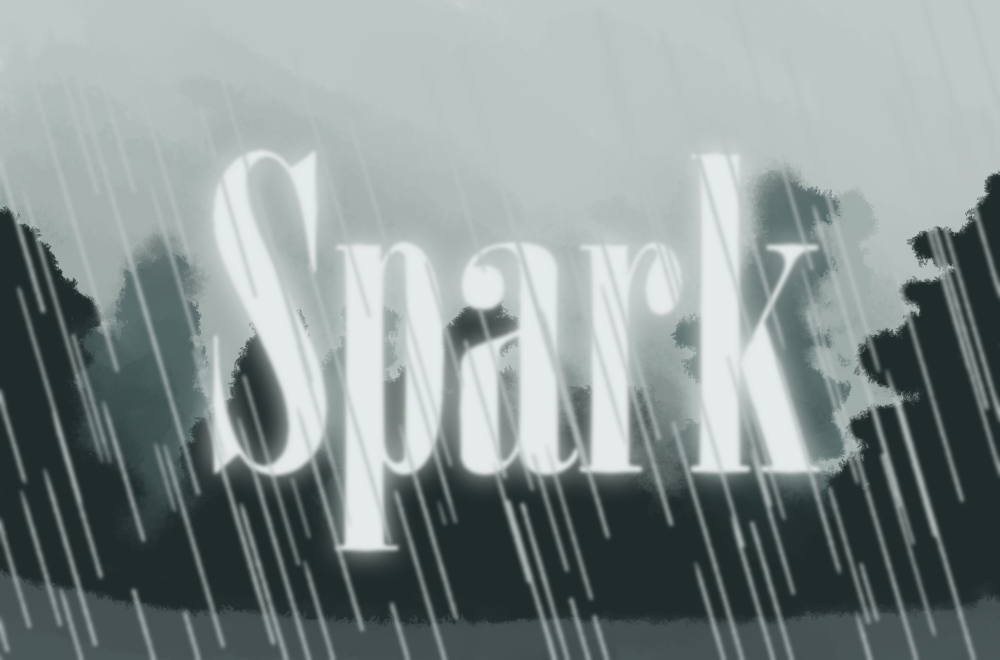




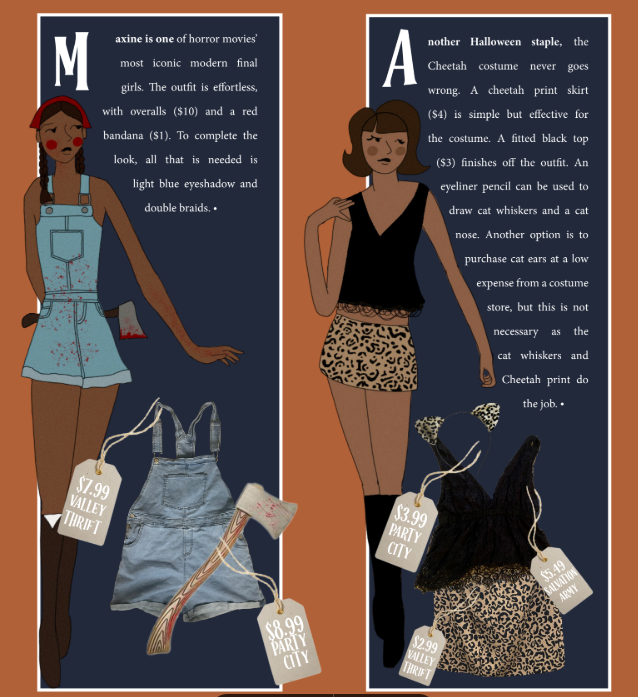






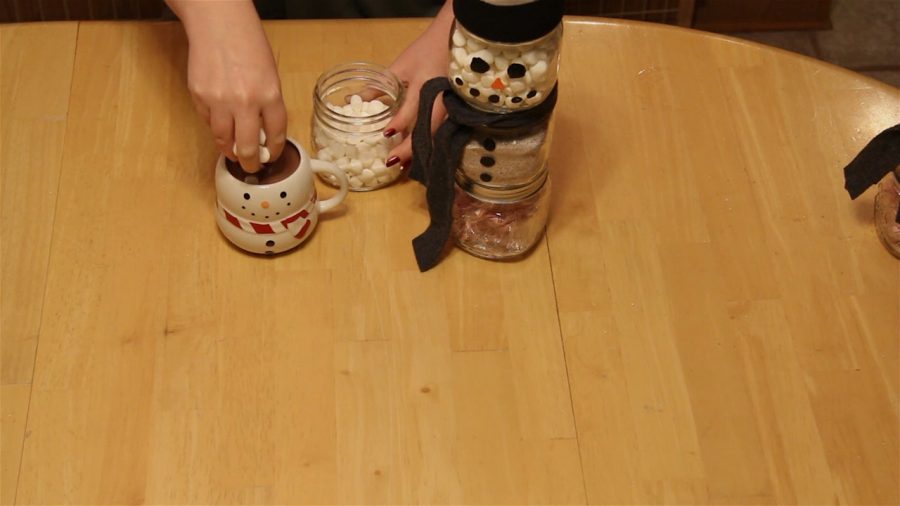
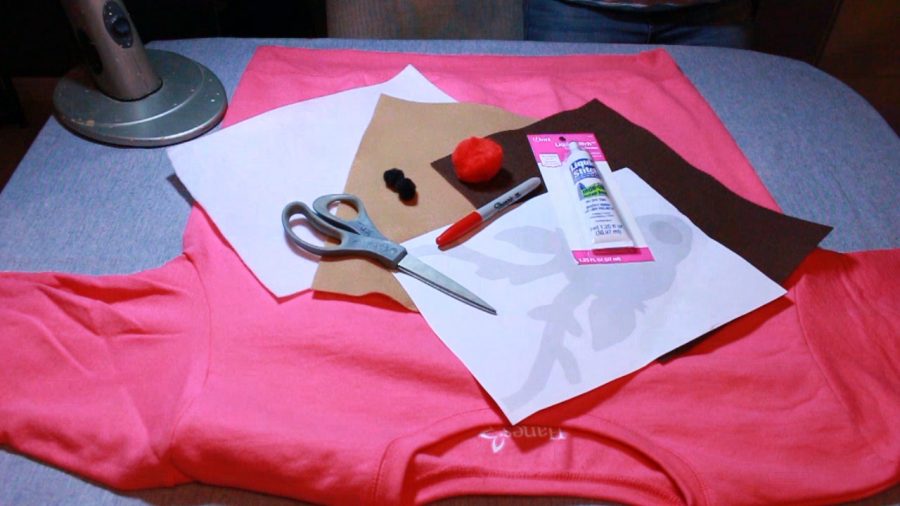


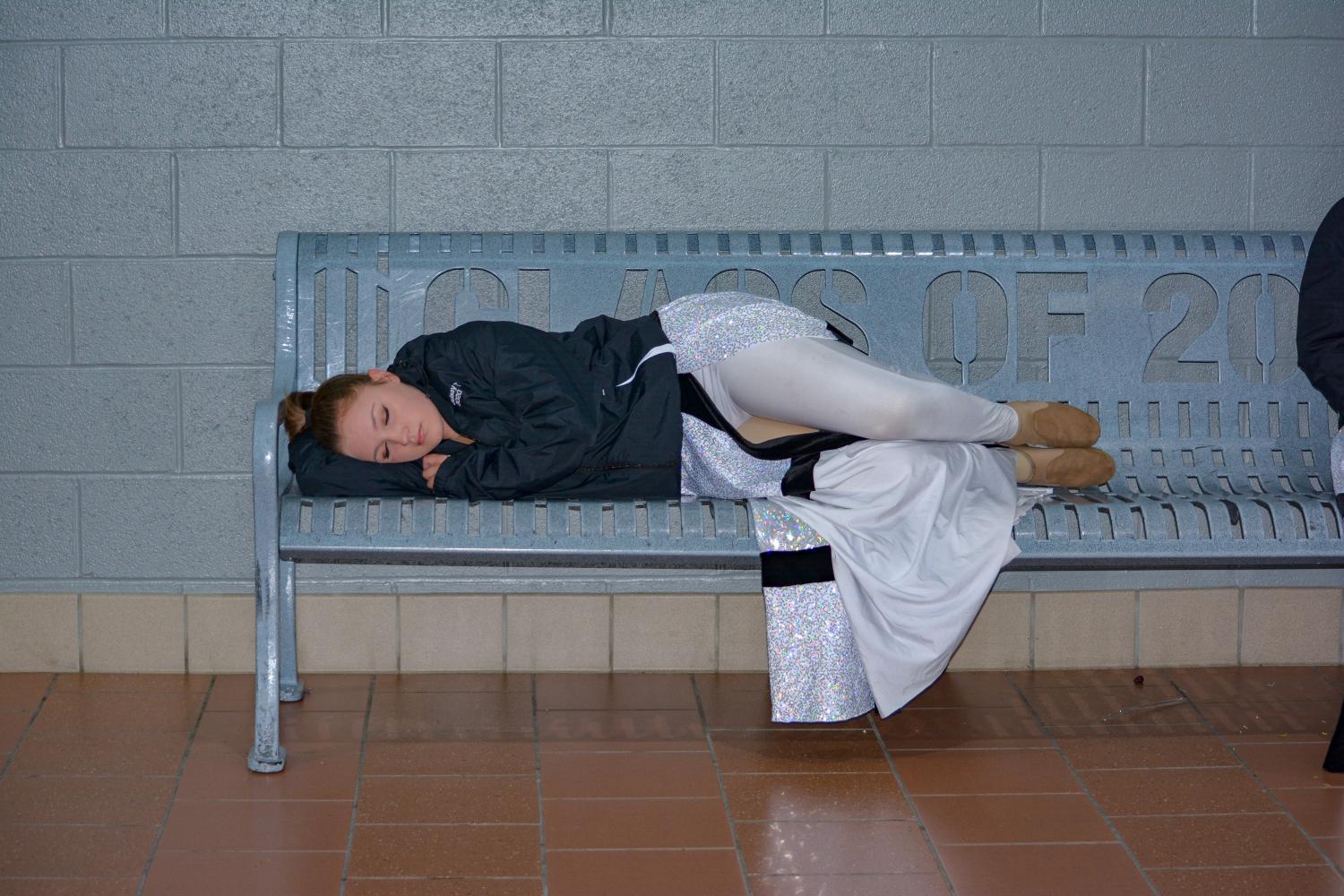
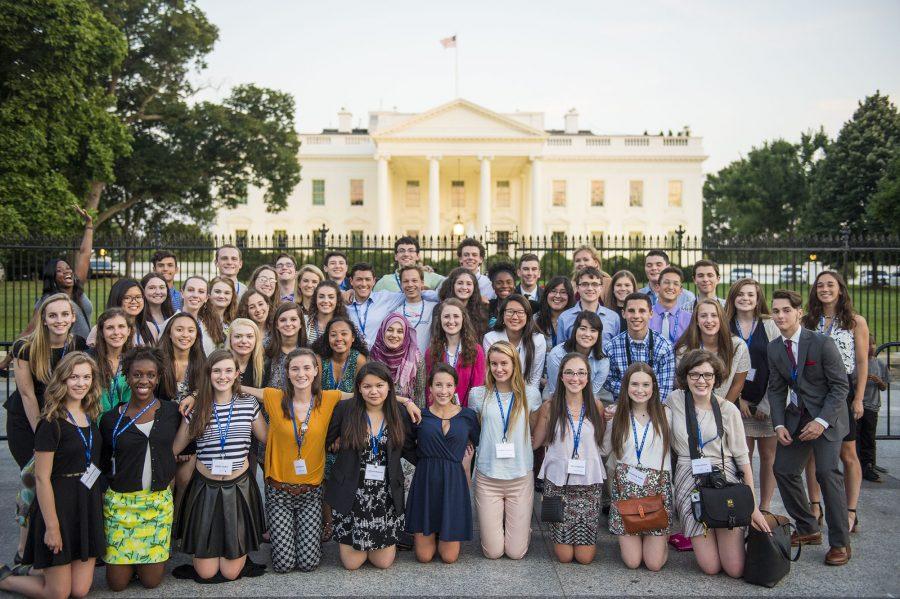

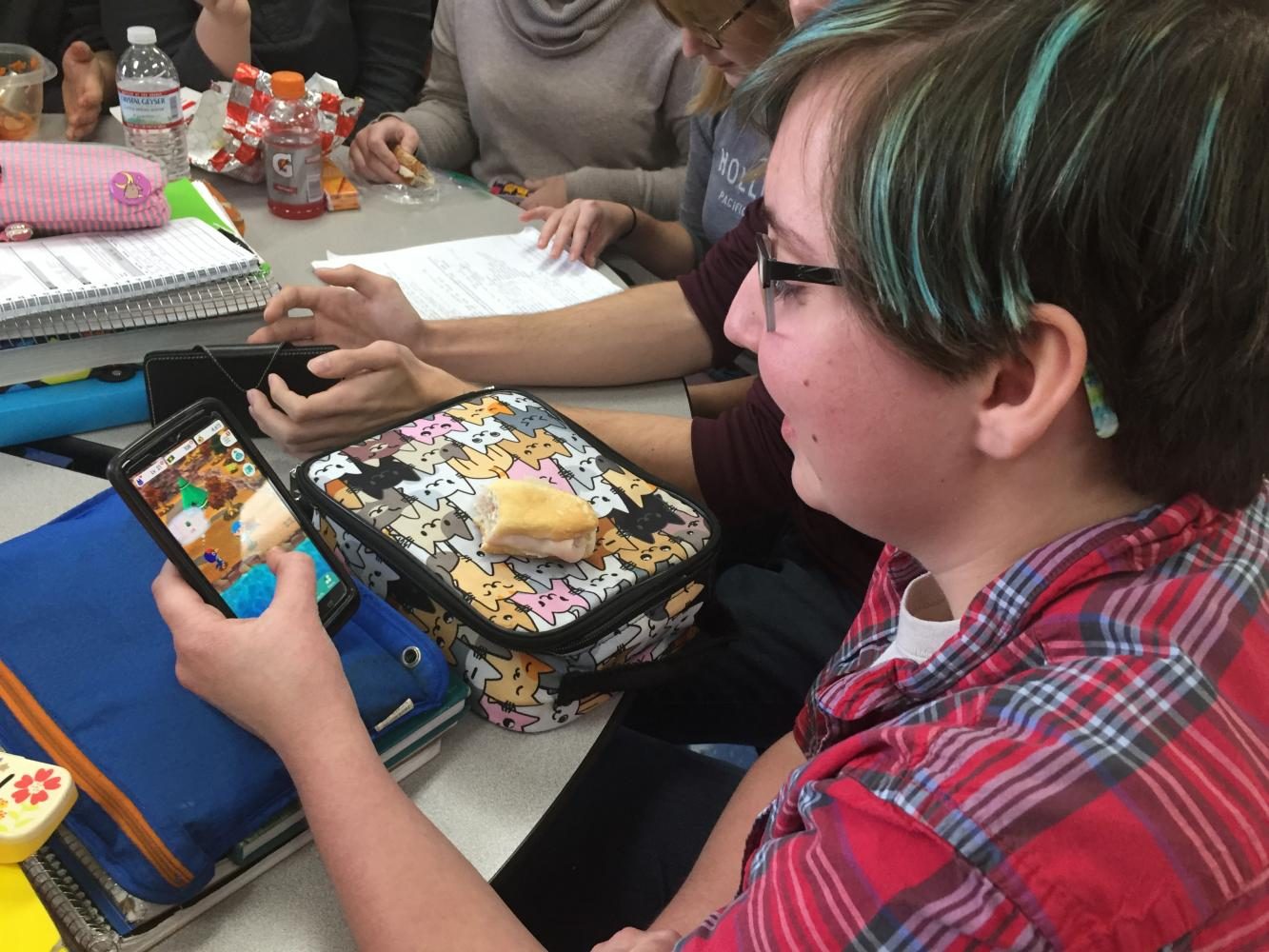
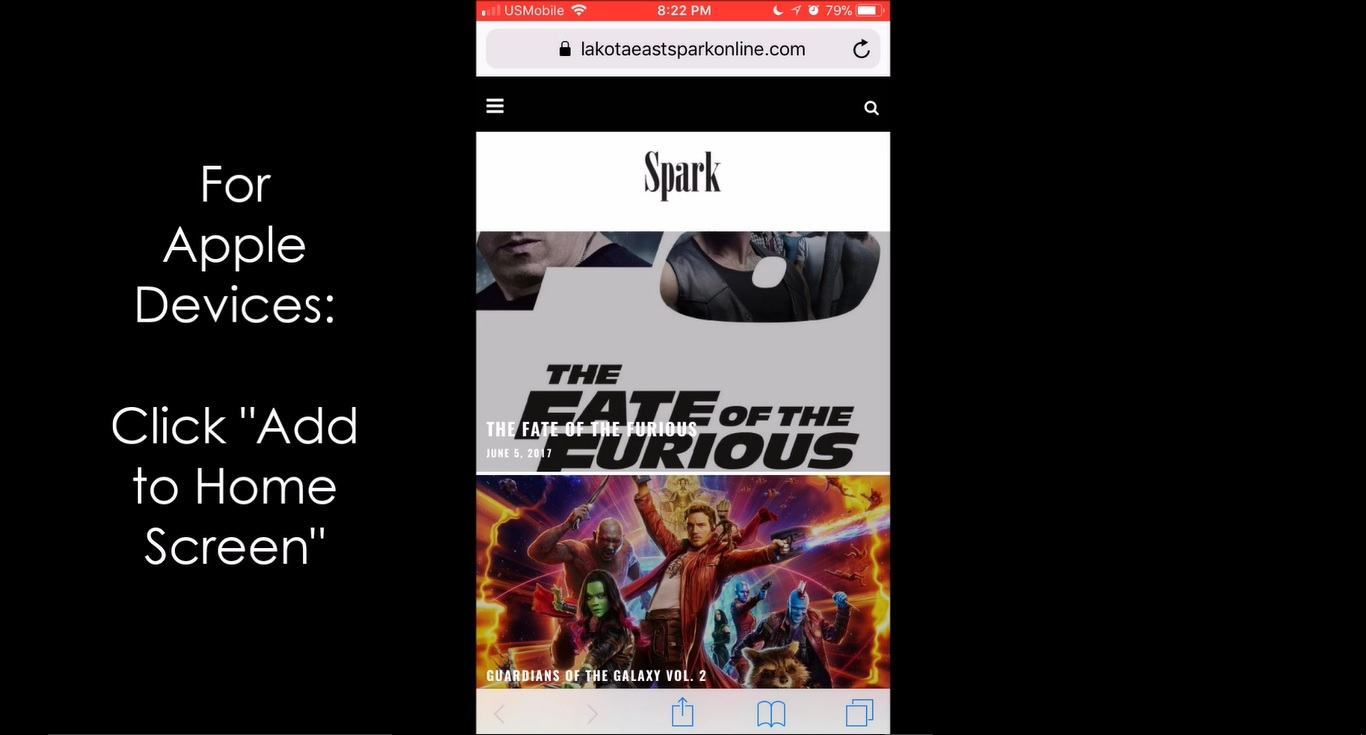
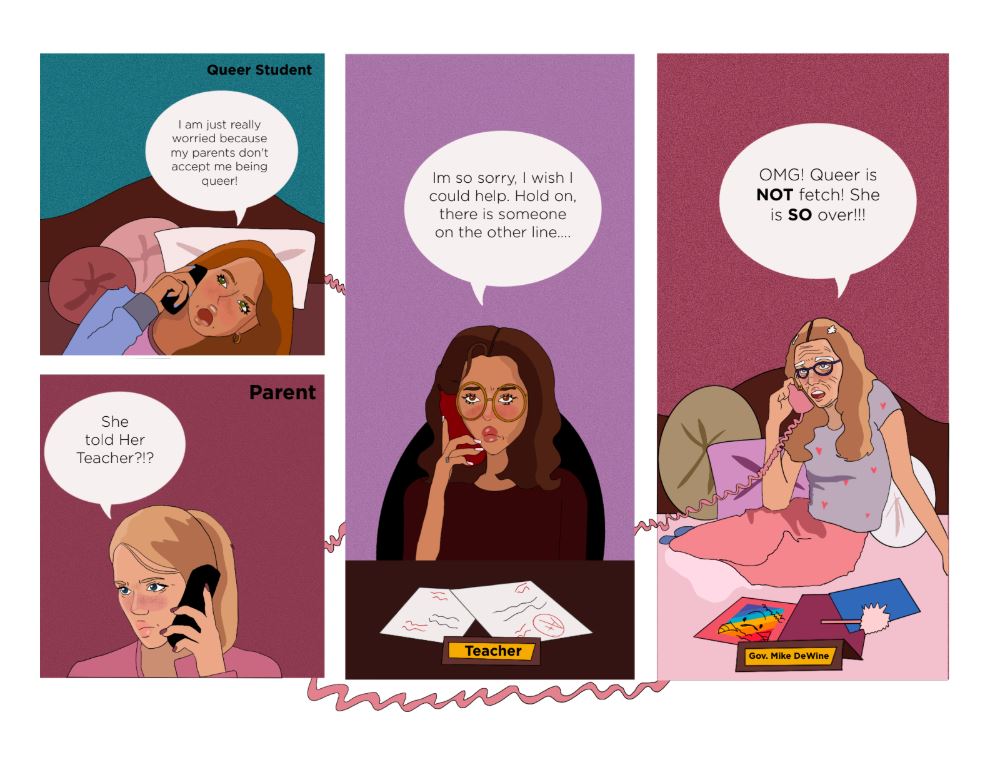
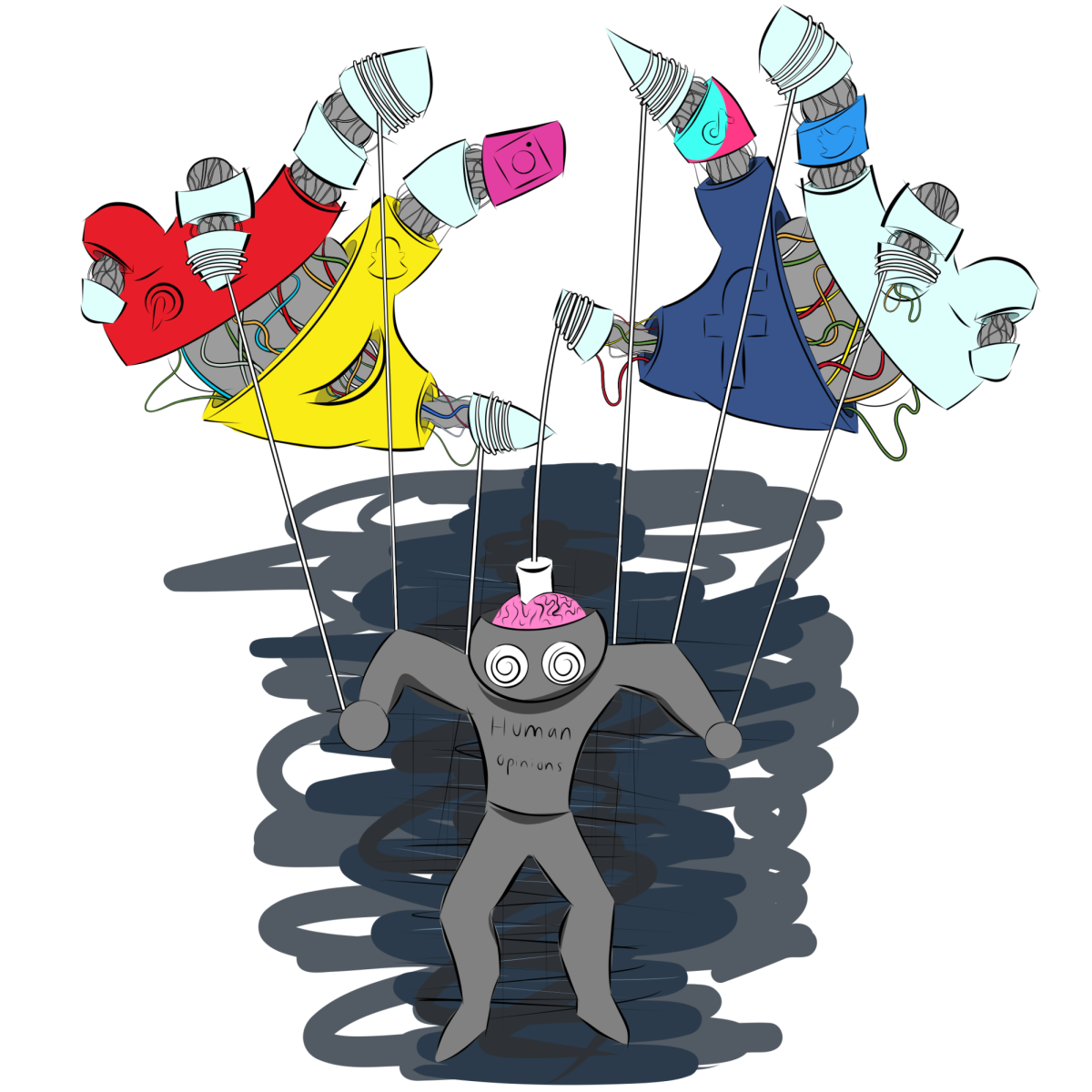

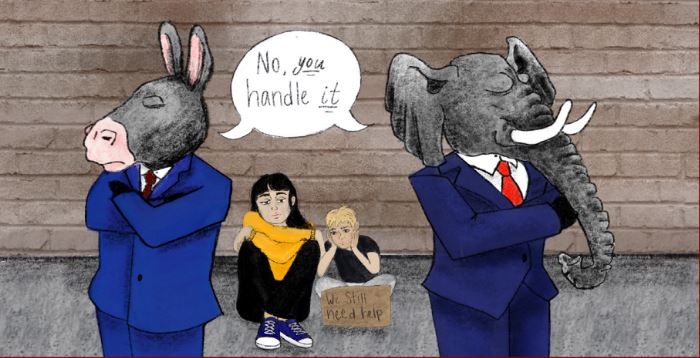

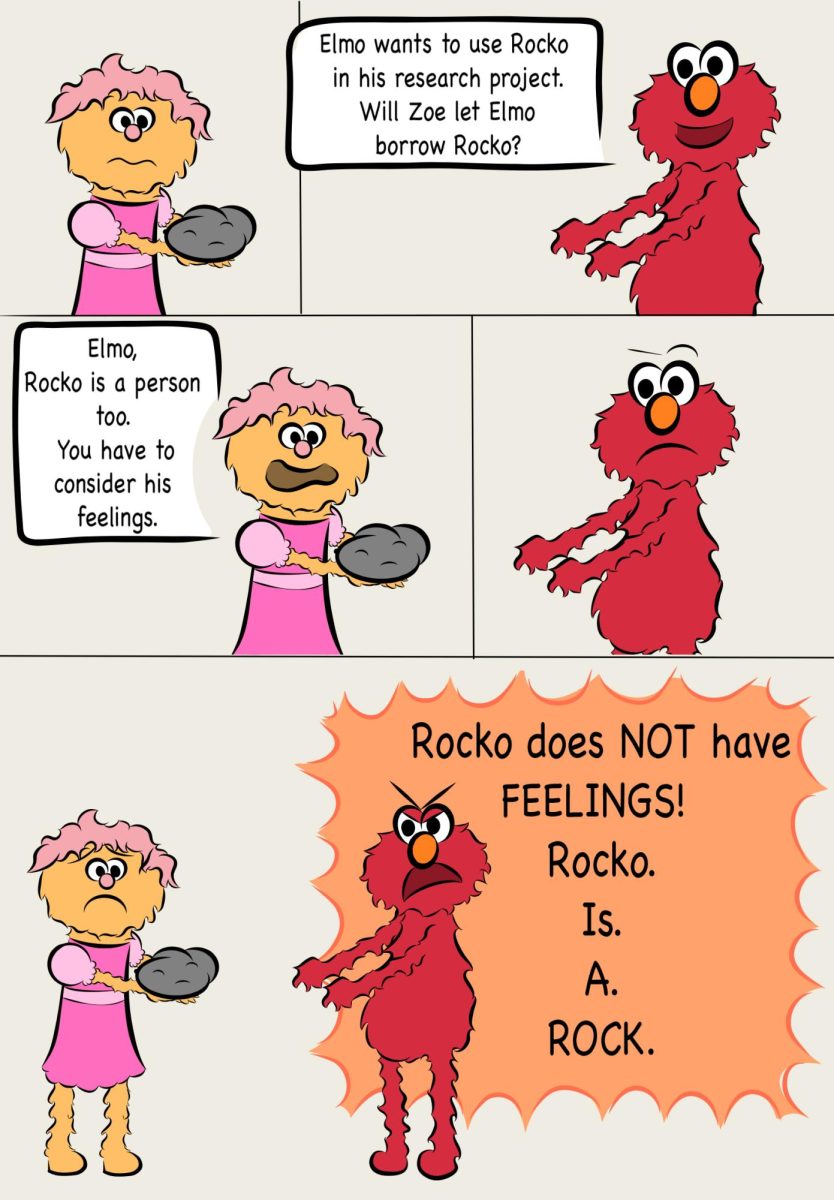

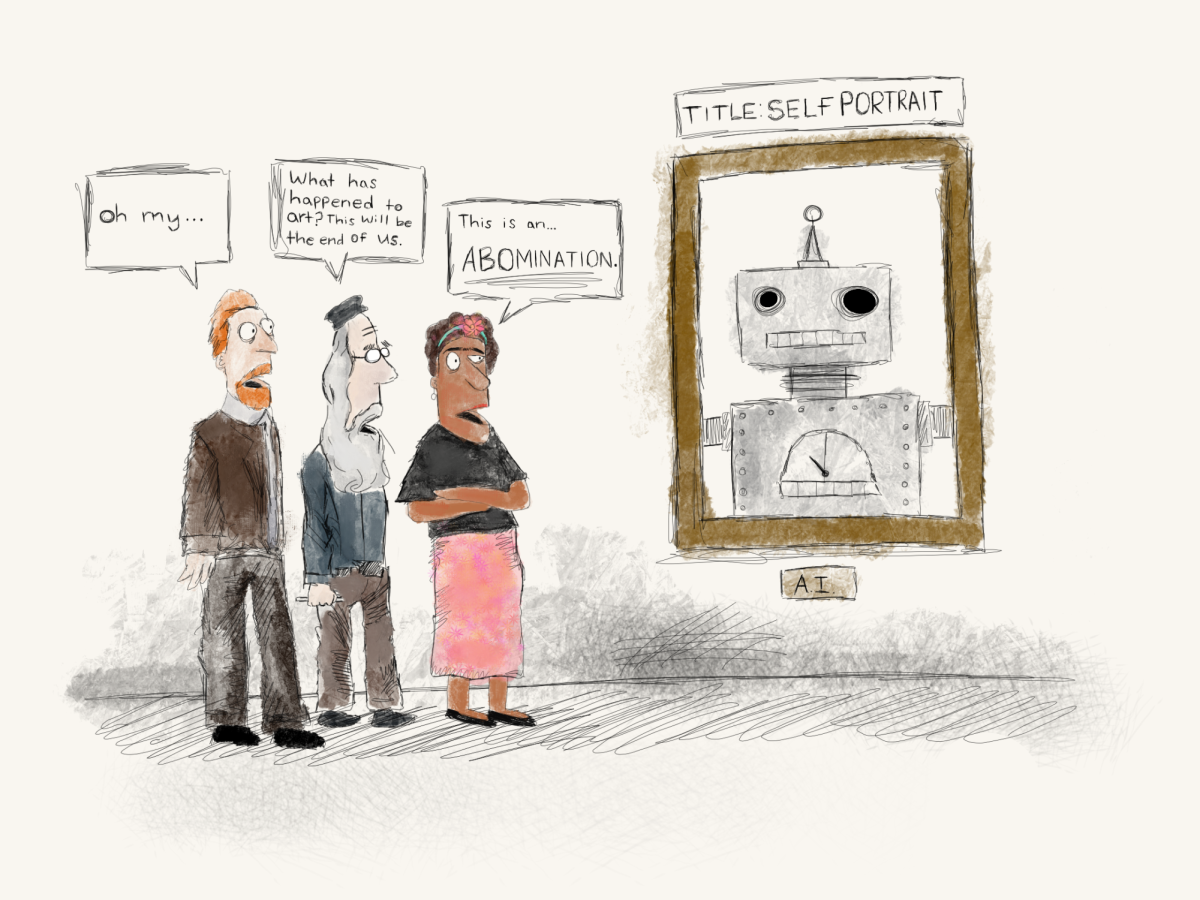
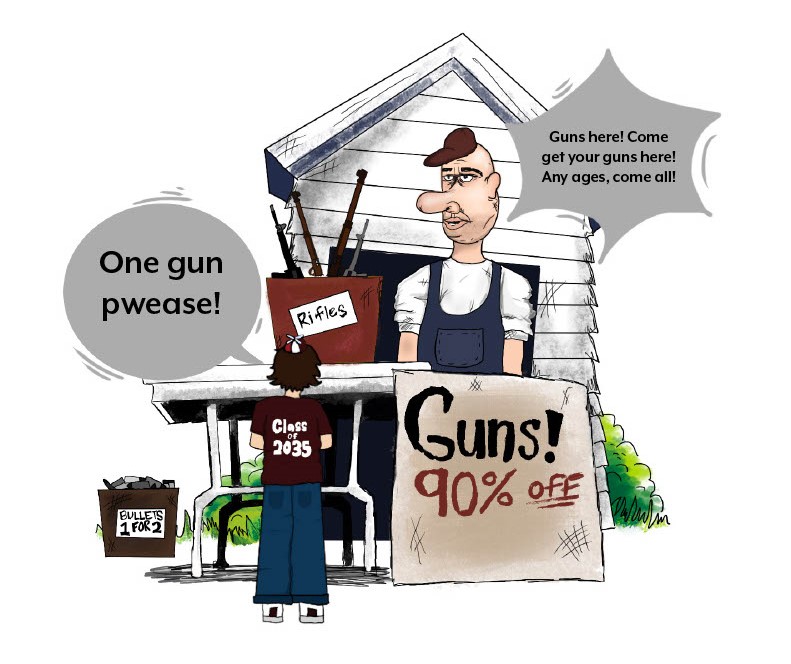
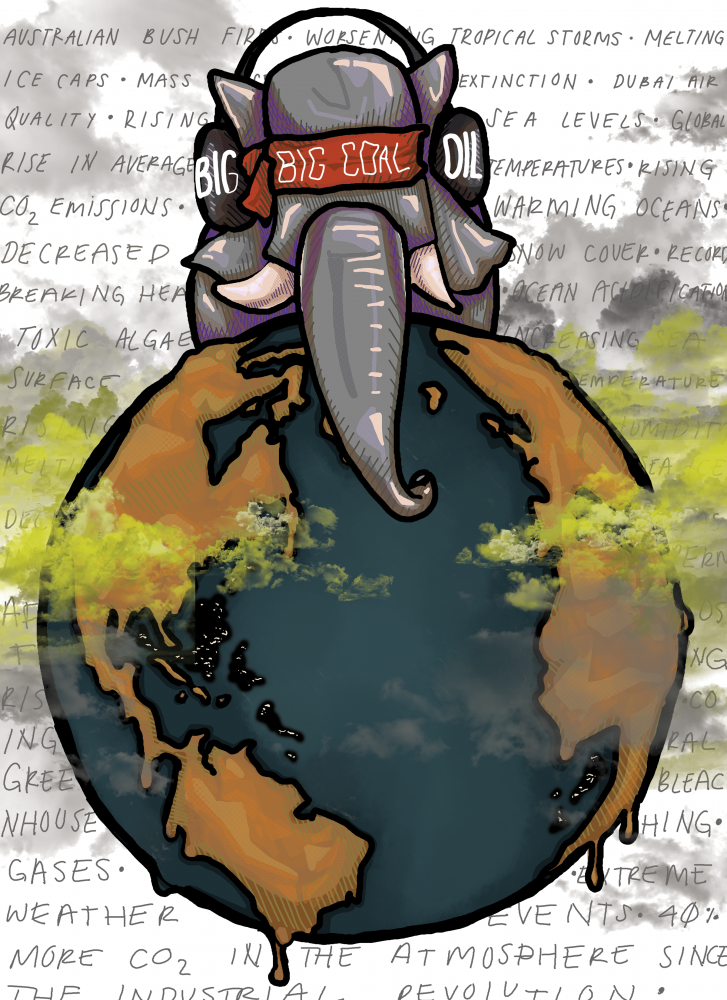
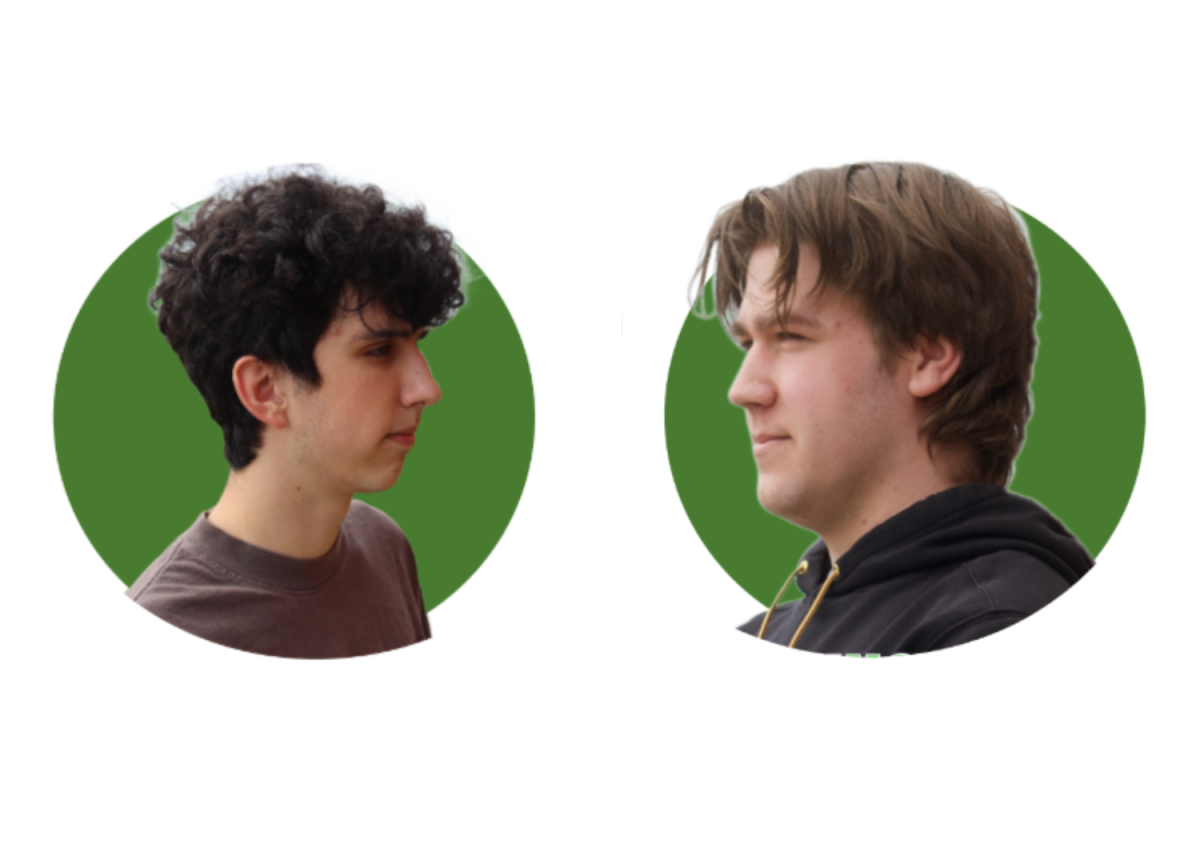


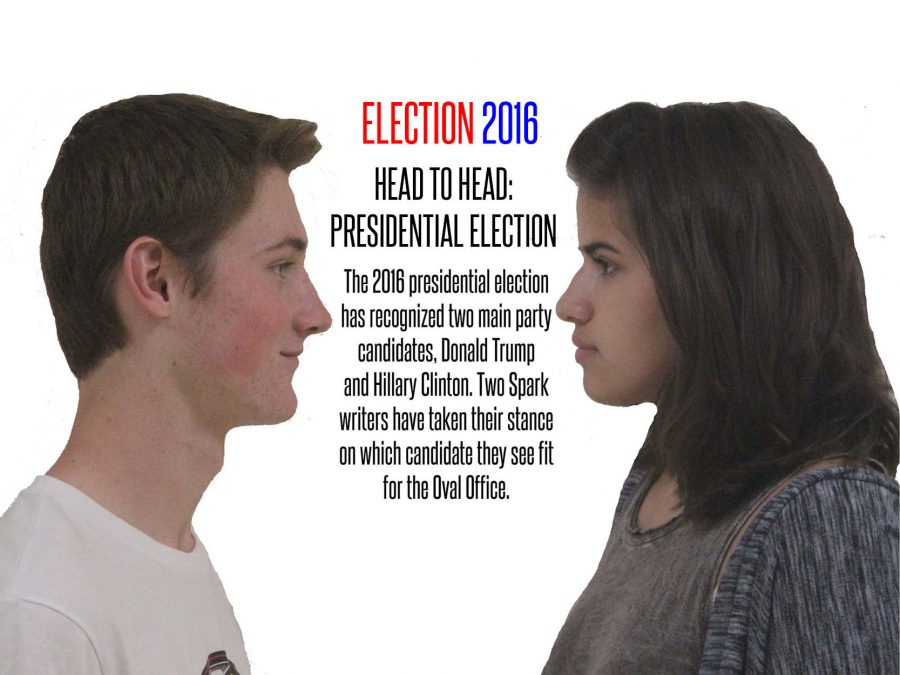

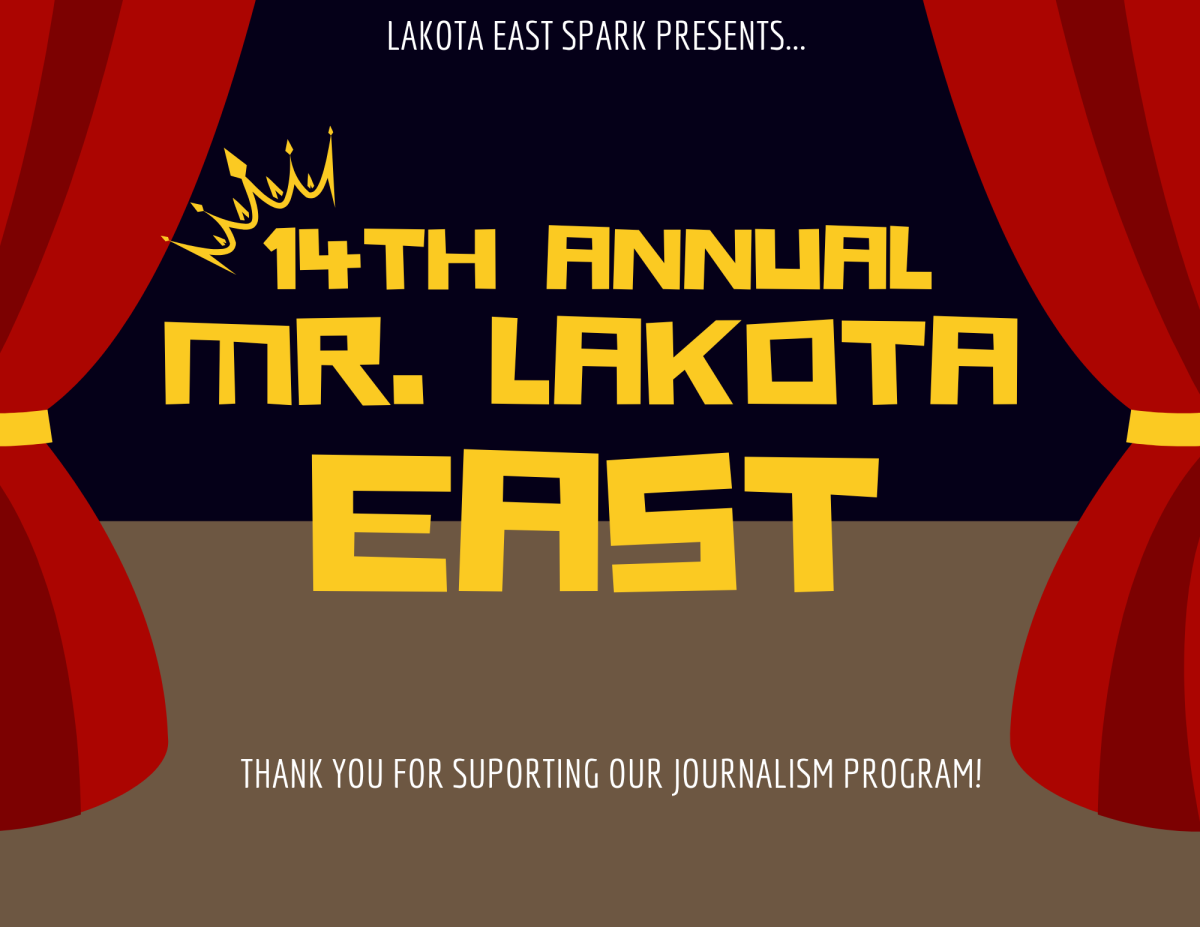
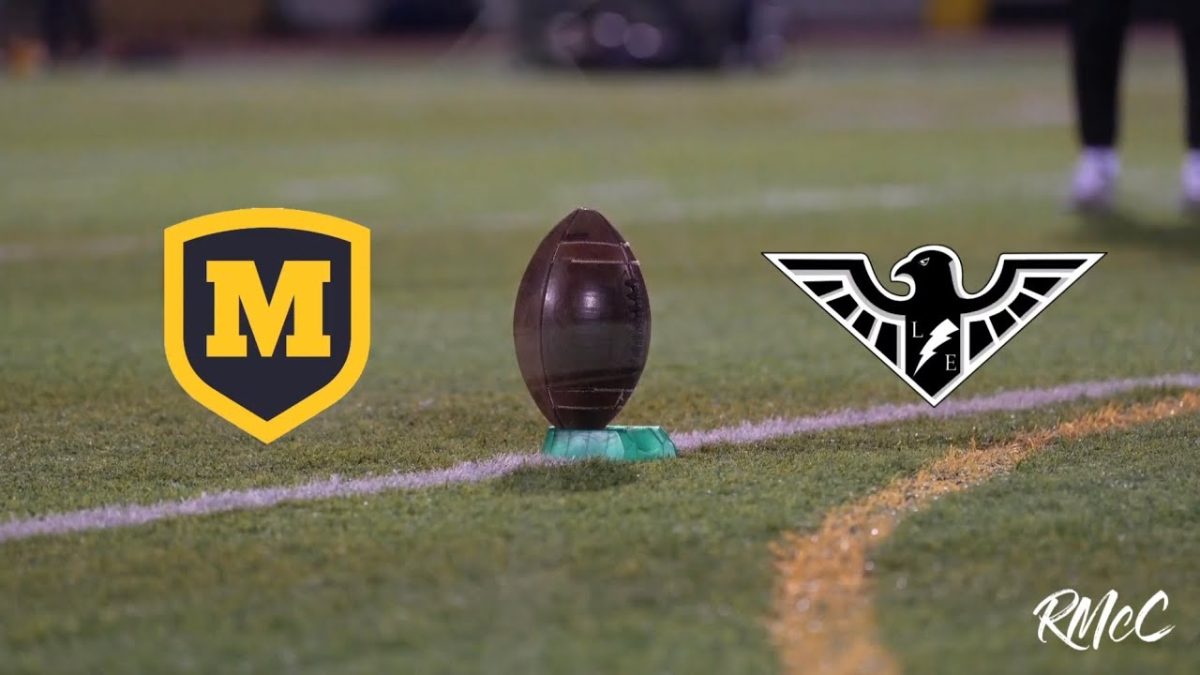






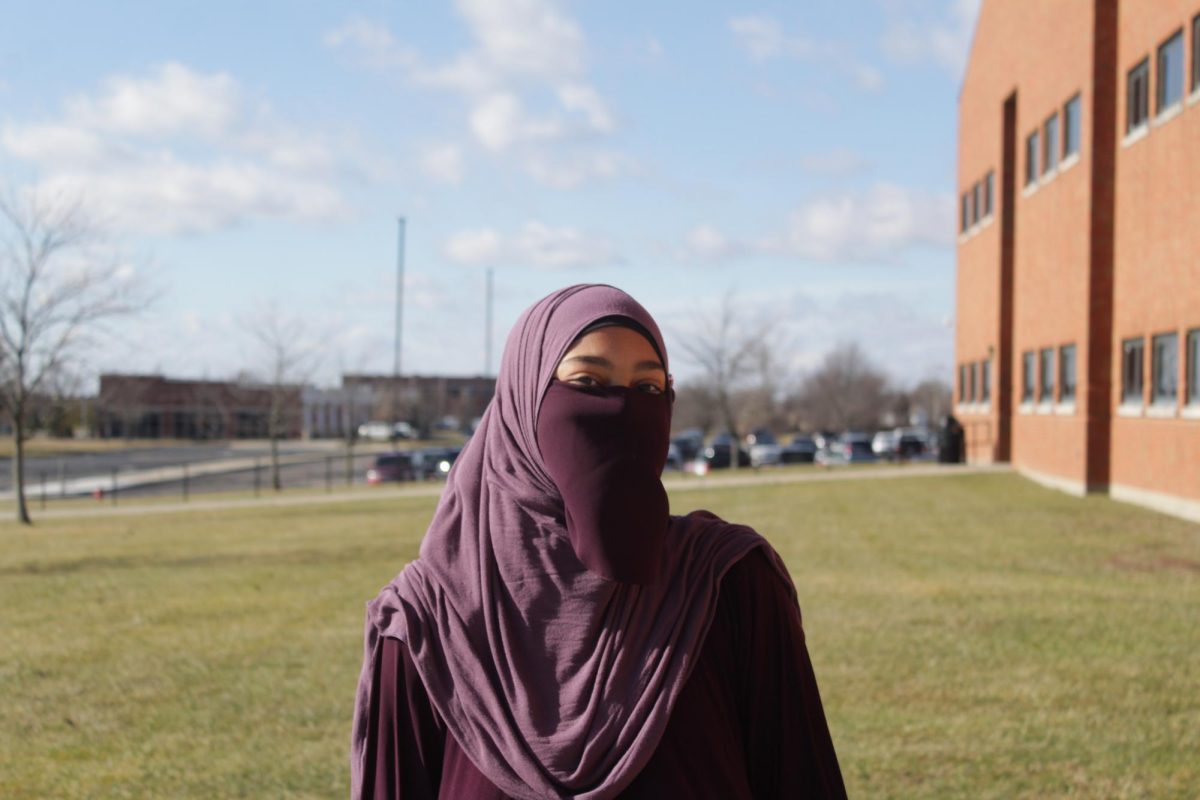

Shabnum syed • Jan 22, 2024 at 11:35 am
Absolutely thoughtful and a great description of the conflict by Ayesha Moein
Syeda Zaiba • Jan 22, 2024 at 10:01 am
MashAllah ??very well written Ayesha , It has touched my heart? .InshAllah your column will have an impact to free Palestine ?? and may the unseen be seen ??.